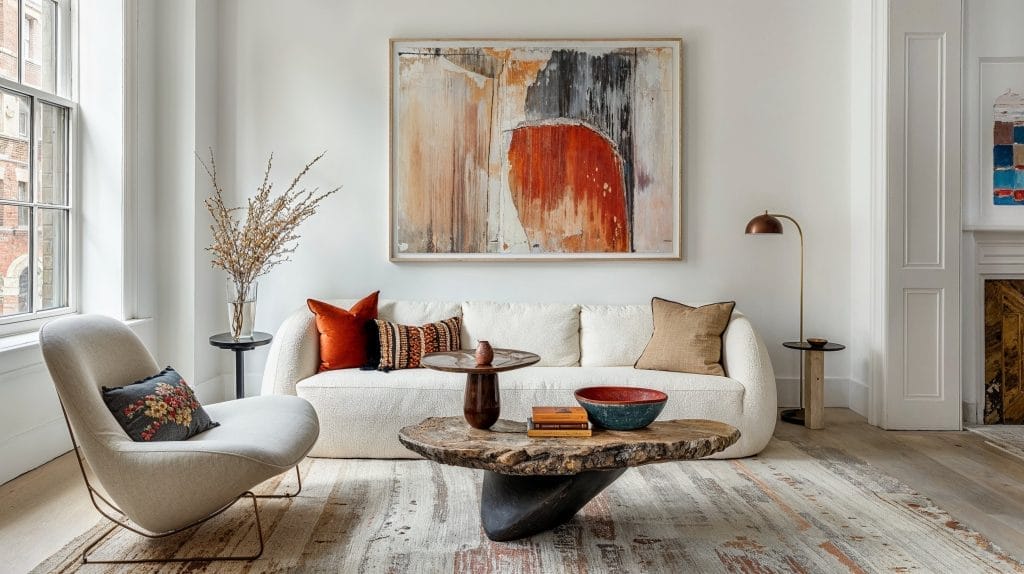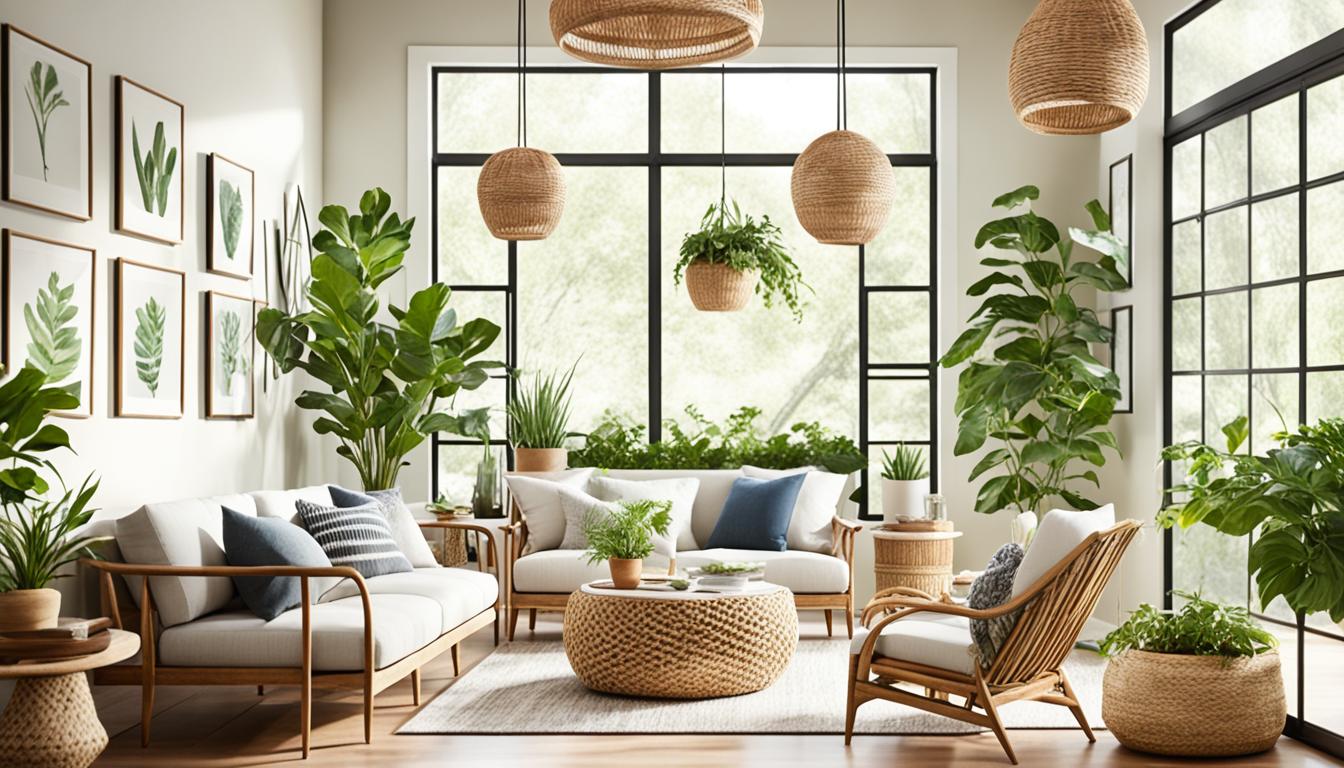Best-rated interior design firms create stunning spaces.
Best-rated interior design firms create stunning spaces.
Blog Article
Change Your Home With Essential Concepts of Interior Layout and Aesthetic Appeals
By recognizing the effect of color concept and the significance of texture and patterns, one can develop areas that are not only aesthetically enticing but likewise deeply individual. Achieving this balance entails more than mere decoration; it encompasses a strategic plan and an eager understanding of just how each component engages within an area.
Understanding Shade Concept
Shade theory is a fundamental element of interior decoration that significantly affects state of mind, assumption, and overall aesthetic. Comprehending the principles of shade concept enables developers to create areas that resonate mentally with occupants while meeting functional needs (miami luxury interior design). Shades can be classified into 3 main kinds: primary, additional, and tertiary. Each category plays an essential role in establishing consistency within a space.
The emotional effect of colors is profound; warm tones such as reds and oranges evoke energy and heat, while great tones like blues and eco-friendlies advertise calmness and harmony. Additionally, making use of complementary shades enhances visual rate of interest, producing striking contrasts that can elevate an area's charm.
Neutral colors, on the other hand, act as a flexible background, enabling other design aspects to beam. It is important to consider factors such as lighting and the area's purpose when selecting a shade combination, as these can alter the assumption of shades throughout the day.
Eventually, a well-considered color pattern can transform a space, fostering a sense of convenience and design that straightens with the occupants' preferences. Mastery of color concept is, as a result, a vital ability for any kind of indoor designer aiming to develop unified and welcoming environments.
Attaining Equilibrium in Design
Just how can designers achieve a sense of stability in their rooms? Achieving equilibrium in style is essential to developing unified interiors.
Unbalanced balance, on the various other hand, counts on varying components that still accomplish a cohesive look. This strategy permits even more vibrant and informal arrangements, providing interest while keeping stability. By carefully selecting varying sizes, shades, and structures, developers can develop a visually engaging area that feels well balanced yet energised.
Radial equilibrium stresses a main prime focus with elements emitting external. This style is commonly seen in round layouts, where furnishings and decoration produce a natural surround that draws the eye inward.
Ultimately, accomplishing equilibrium requires thoughtful consideration of scale, percentage, and the partnerships between components. miami luxury interior design. By skillfully using these balance concepts, developers can change areas right into environments that feel both visually pleasing and functionally unified, improving the overall experience for passengers
Value of Spatial Recognition

An eager feeling of spatial recognition enables designers to identify prime focus within an area, directing the audience's focus to crucial features while maintaining an overall feeling of unity. It also assists in the calculated placement of illumination, which can significantly affect the perception of space and mood. Comprehending spatial partnerships allows the designer to cater to the certain needs of occupants, making certain that each area serves its intended function without endangering aesthetic appeals.
Ultimately, spatial recognition is important for taking full advantage of the potential of any kind of indoor area. By thoroughly taking into consideration the interplay in between dimensions, format, and function, developers can produce environments that not only fulfill practical requirements yet additionally stimulate a feeling of comfort and charm, enhancing the overall living experience.
Including Texture and Patterns
Welcoming a diverse variety of appearances and patterns can considerably enhance the aesthetic and responsive allure of an interior area. The calculated use different materials-- such as timber, metal, material, and stone-- develops deepness and interest, making an area really feel much more inviting and vibrant. For circumstances, incorporating smooth surface areas with harsh appearances can develop an equilibrium that draws the eye and engages the detects.
When including patterns, think about both range and rep. Huge patterns can function as prime focus, while smaller, subtle designs can enhance other elements without frustrating the area. Layering patterns, such as pairing flower cushions with striped throws, includes intricacy and a feeling of harmony if executed attentively.
It is likewise vital to preserve a natural color palette, making certain that appearances and patterns interact as opposed to compete for interest. By choosing a few essential textures and patterns, you can produce a combined visual that shows your individual design while improving the total ambiance of the area. Eventually, the mindful incorporation of these elements can change an ordinary room into an innovative atmosphere rich with personality and heat.
Personalizing Your Space
Developing a room that mirrors your personality is essential to achieving a genuinely welcoming environment. Customization in interior style enables you to instill your distinct style and rate of interests right into your home, transforming it from a simple shelter Clicking Here into a refuge that speaks with who you are. Begin by choosing a shade combination that reverberates with your emotions-- vibrant hues can energize, while soft tones supply tranquility.
Incorporate art work and decor that mirror your passions, whether it be travel, check here nature, or abstract concepts. Displaying personal collections, such as books, pictures, or souvenirs, can evoke treasured memories and create prime focus within a room. In addition, consider personalizing useful pieces, like upholstered furniture, to align with your aesthetic choices.

Verdict
In final thought, the makeover of a home with the crucial principles of interior layout and aesthetics necessitates an extensive understanding of color concept, equilibrium, spatial understanding, appearance, and personalization. Each component contributes substantially to creating an unified and practical living environment - interior design firms. By thoughtfully integrating these principles, individuals can Visit This Link boost the visual charm and emotional vibration of their rooms, inevitably promoting a home that reflects unique identities while giving convenience and functionality
Report this page